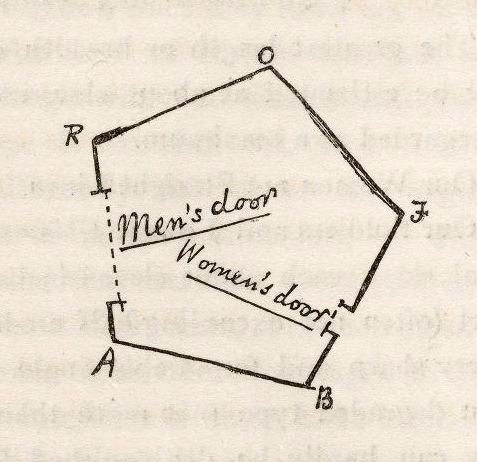 | ||
Mathematical fiction is a genre of creative fictional work in which mathematics and mathematicians play important roles. The form and the media of the works are not important. It could be literary works in the form of short stories, novels or plays; it could be comic books; it could be films, videos, or audios. One of the earliest and much studied work of this genre is Flatland: A Romance of Many Dimensions, an 1884 satirical novella by the English schoolmaster Edwin Abbott Abbott. Though, probably, mathematical fiction might have existed since ancient times, it was rediscovered as a genre of literature recently, and since its rediscovery there has been a growing body of literature in this genre and the genre has attracted a growing body of readers. For example, Abbot's Flatland spawned a sequel in the twenty-first century in the form of a novel titled Flatterland authored by Ian Stewart and published in 2001.
Contents
A database of mathematical fiction
Alex Kasman, a Professor of Mathematics at College of Charleston, who maintains a database of works that could possibly be included in this genre, has a broader definition for the genre: Any work "containing mathematics or mathematicians" has been treated as mathematical fiction. Accordingly, Gulliver's Travels by Jonathan Swift, War and Peace by Lev Tolstoy, Mrs. Warren's Profession by George Bernard Shaw, and several similar literary works appear in Kasman's database because these works contain references to mathematics or mathematicians even though mathematics and mathematicians do not play important roles their plots. According to this broader approach, the oldest work of mathematical fiction is The Birds, a comedy by the Ancient Greek playwright Aristophanes performed in 414 BCE. Kasman's database has a list of more than one thousand items of diverse categories like literature, comic books and films.
Some works of mathematical fiction
The top ten results turned up by a search of the website of Mathematical Association of America using the keywords "mathematical fiction" contained references to the following works of mathematical fiction.
- Alex Kasman (2005). Reality Conditions: Short Mathematical Fiction. Mathematical Association of America. p. 250.
- Gaurav Suri; Hartosh Singh Bal (2007). A Certain Ambiguity: A Mathematical Novel. Princeton University Press. p. 304. ISBN 9780691127095.
- Chandler Davis, Marjorie Wikler Senechal, and Jan Zwicky, editors (2008). The Shape of Content: Creative Writing in Mathematics and Science. A K Peters. p. 194. ISBN 9781568814445. CS1 maint: Multiple names: authors list (link)
- William Frucht (1999). Imaginary Numbers: An Anthology of Marvelous Mathematical Stories, Diversions, Poems and Musings. John Wiley. p. 352. ISBN 978-0471332442.
- Denis Guedj (202). The Parrot's Theorem: A Novel. St. Martin's Griffin. p. 360. ISBN 978-0312303020.
- Philibert Schogt (2000). The Wild Numbers. Four Walls Eight Windows. p. 160. ISBN 978-1568581668.
